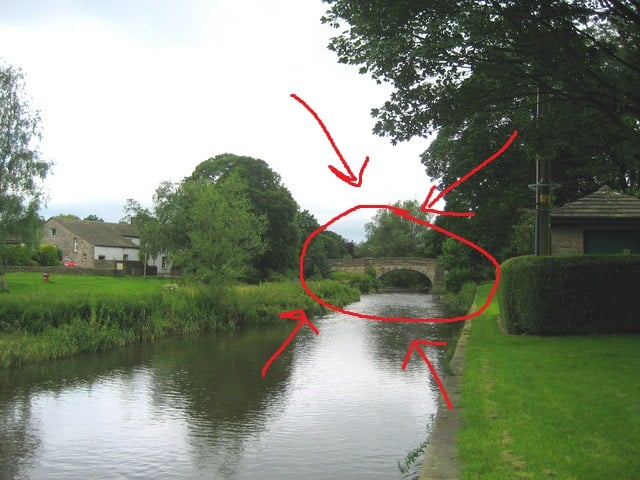Podcast: Play in new window | Download
In 1069, William the Conqueror faces a strategic nightmare as his march north is stymied by natural obstacles and a well-coordinated Danish-led resistance. The rebels’ tactical use of geography, destroying bridges and leveraging seasonal weather, forces William into a difficult position. Amidst a backdrop of widespread rebellion and a lack of local support, William’s attempts to reassert control highlight the challenges of medieval warfare and governance. The situation escalates as the Danes and English rebels not only outmaneuver William but also engage the local population, showcasing the deep-rooted resistance to Norman rule.
Rough Transcript Below:



